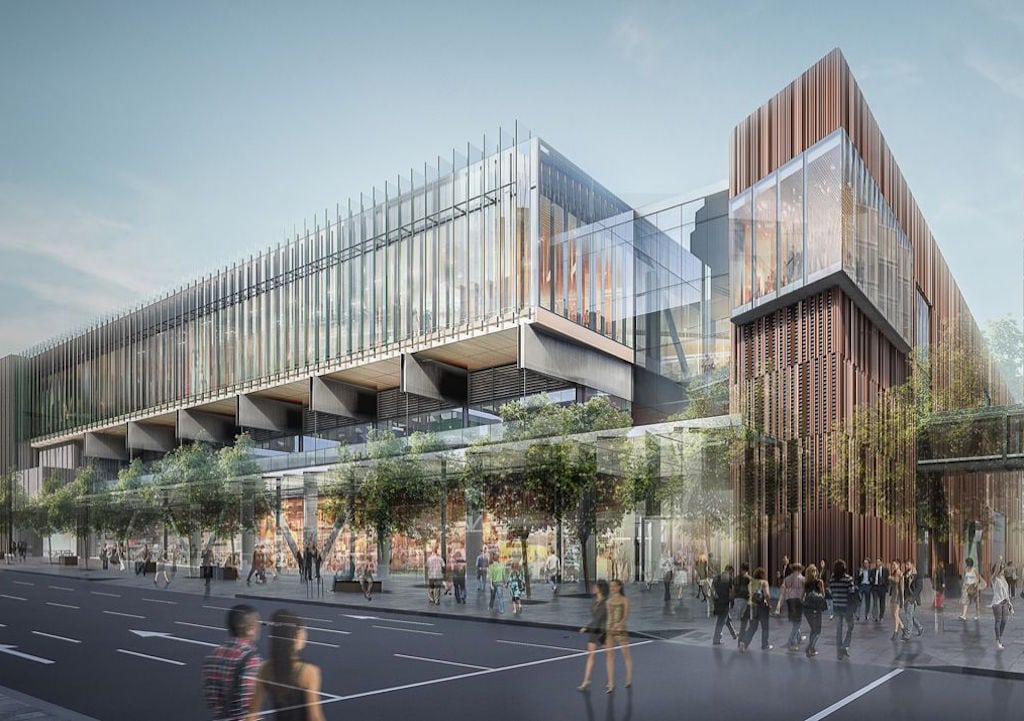The Convention Industry Is Turning Second-Tier Cities Into Top-Tier Destinations

Skift Take
Due to accelerating globalization, more cities than ever are competing to attract foreign corporate investment and talent. Therefore, city leaders are placing a higher value on convention centers to help develop their destinations' business brand.
Austin, Hamburg, Auckland, Medellin, Bangalore and many more cities with good international access are emerging as “new world cities,” and the convention industry is playing a growing role in their development.
That’s according to professor Greg Clark, chairman of the Business of Cities think tank in London. He outlined the trend at this year's International Association of Convention Centres (AIPC) conference in Boston during his presentation: "The Role of Convention Centers as Instruments of City Development & Transition."
Clark asserts that the global financial crisis and the spread of digital connectivity worldwide have spurred a new era of mobility. Following the recession, multinational companies are much more agile and willing to invest in a wider spectrum of new destinations, based on an evolving set of criteria revolving around high levels of accessibility, talent, tolerance and technology.
“Since 2008 and the global financial crisis, there’s been a massive acceleration in the changing global maps of trade, investment, tourism, and cross-border mergers and acquisitions,” said Clark. “There’s been more change in the last five years than there was in the 50 years before that. What that has essentially done is to crystallize a new map of the world, when much of the dynamism is in locations that were previously perceived to be developing or emerging, or not yet complete as markets.”
In an effort to attract foreign investment and raise their stature on the new world map, these new world cities are now acting more like multinational corporations themselves, in effect, competing for customers looking to expand in the new global marketplace.
Because of that, there’s a more strategic focus among city leaders today on building a stronger, more specific city identity by improving their destination branding and reputation to better compete within their competitive set globally. This is a major shift for many city leaders, explained Clark, who are now seeking ways to raise their profile on a playing field that didn’t exist ten years ago.
“The competition that is produced by hyper-mobility is the ke
